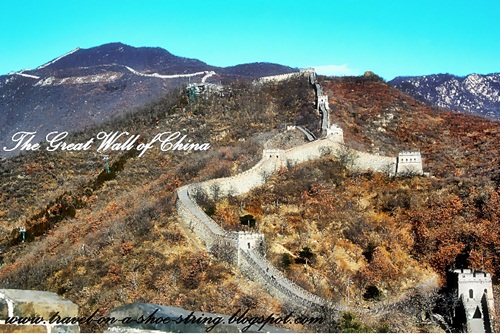The journey between Bicol and Manila, while offering a breathtaking views of the Philippine countryside, is often a grueling test of patience. The combination of one-way roads, heavy traffic, and the sheer distance can easily stretch a trip that should take 8-10 hours into a 21-hour ordeal.
The One-Way Road Dilemma:
A significant contributor to the extended travel time is the prevalence of one-way roads along certain sections of the route. Like the ones in Lupi, Camarines Sur, where you'll be stucked for a good 5 hours or more. These roads, create bottlenecks when buses traveling in opposite directions must navigate narrow passing lanes or wait for oncoming vehicles to clear. This constant stop-and-go significantly slows down the overall journey.
Traffic Chokepoints:
Adding to the delays are numerous traffic choke points along the route. These include:
* City Centers: Passing through towns and cities like Naga, Legazpi, and Ligao often involves navigating congested urban areas with heavy traffic.
* Construction Zones: Road construction and repair work frequently narrow lanes and slow down traffic flow.
* Accidents: Unfortunately, accidents along the route are not uncommon, leading to major traffic jams and further delays.
The Human Toll:
These extended travel times take a significant toll on passengers.
* Physical Discomfort: Sitting for 21 hours can be incredibly uncomfortable, leading to back pain, stiff necks, and fatigue.
* Missed Opportunities: Long travel times limit the ability to maximize time in either destination, impacting work, school, and social commitments.
* Emotional Stress: The constant delays and uncertainty can be incredibly frustrating and stressful for travelers.
Possible Solutions:
While a complete overhaul of the road infrastructure may take years, some potential solutions to alleviate the travel woes include:
* Expanding Road Networks: Constructing additional lanes and bypass roads to reduce congestion.
* Improving Road Maintenance: Regular maintenance and timely repairs can minimize disruptions caused by road damage.
* Enhancing Traffic Management: Implementing more effective traffic management systems, such as improved traffic signaling and better coordination between authorities.
* Promoting Alternative Modes of Transport: Exploring alternative modes of transport, such as faster and more comfortable buses or even the possibility of high-speed rail in the future.
The Bicol-Manila journey, while challenging, is an essential lifeline for many Filipinos. By addressing the underlying issues and implementing effective solutions, we can make this crucial route more efficient, comfortable, and less time-consuming for travelers.
Disclaimer: This blog post reflects general observations and may not accurately represent the experiences of all travelers on the Bicol-Manila route.
Note: This blog post focuses on the challenges of the Bicol-Manila journey. It's important to remember that the journey also offers stunning scenery and opportunities to experience the rich culture and history of the Bicol Region.
I hope this blog post provides a comprehensive overview of the challenges faced by travelers on the Bicol-Manila route.










1 comments:
It's great to see detailed insights on what to expect during such a long trip. Were there any interesting stops or must-know travel tips along the way?
Post a Comment